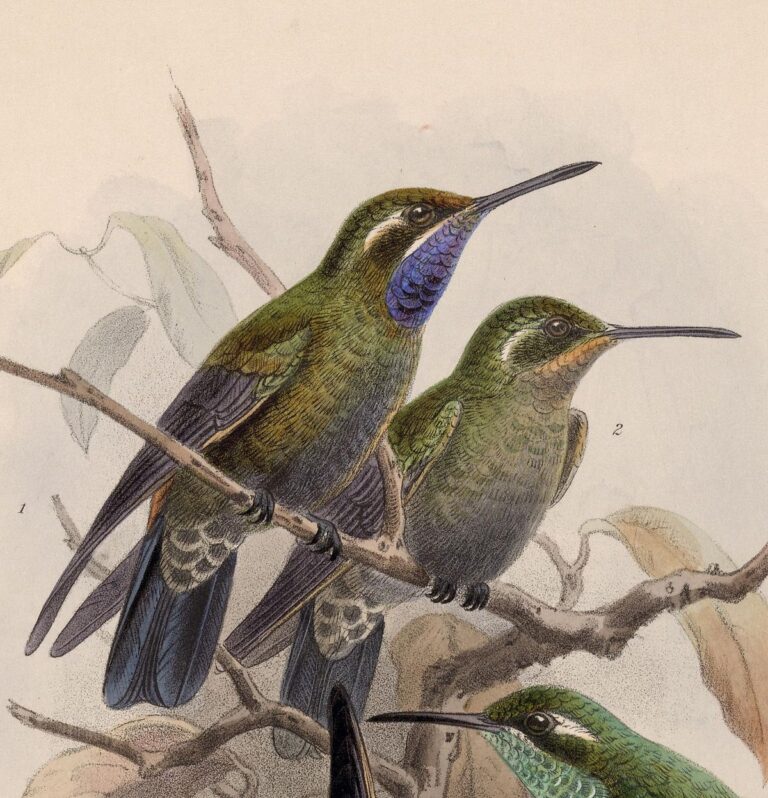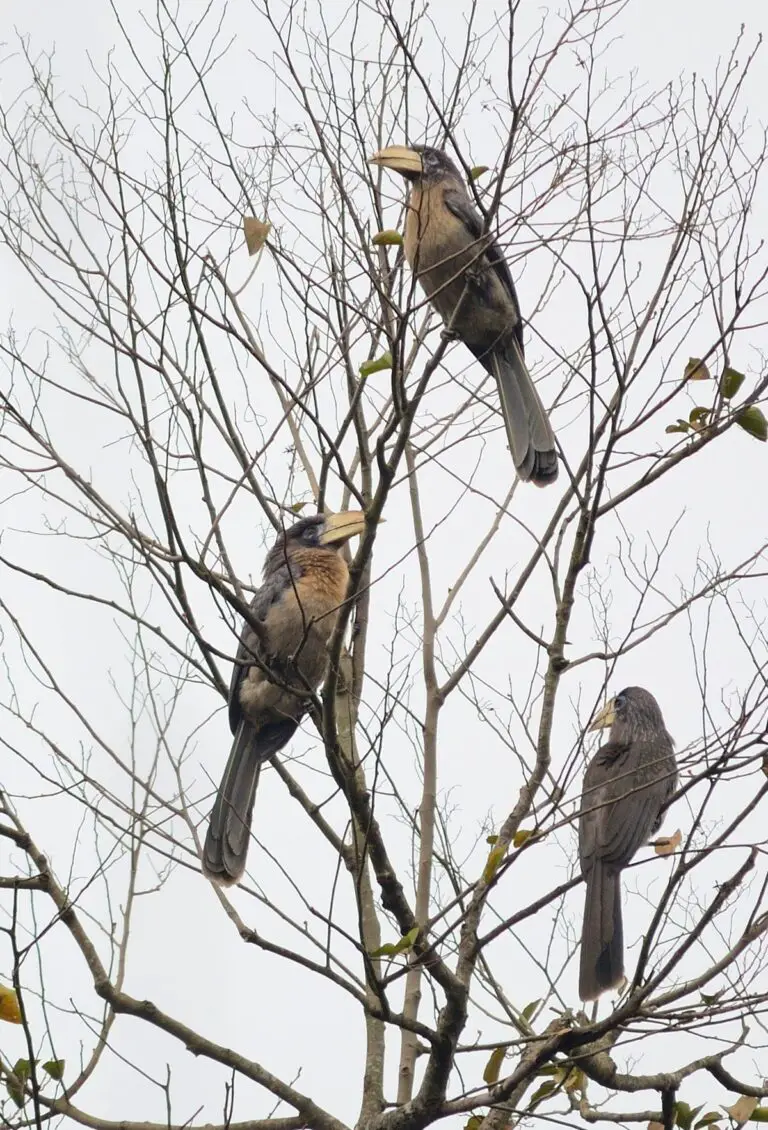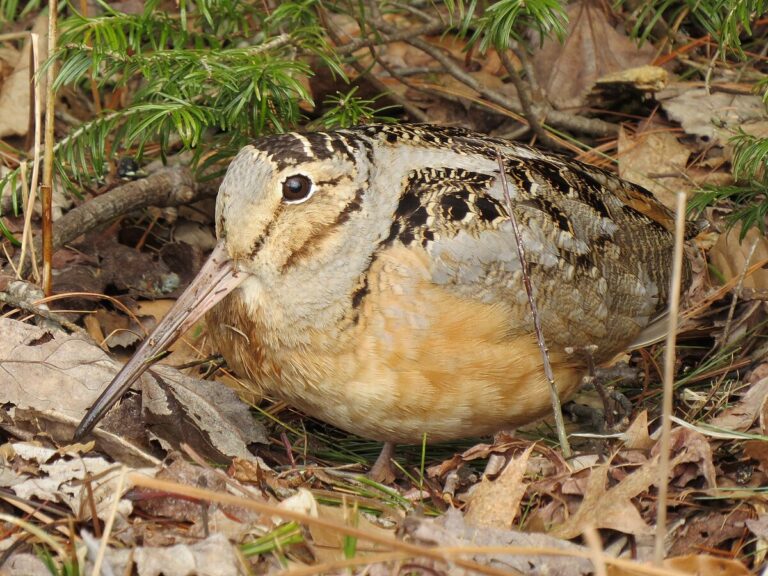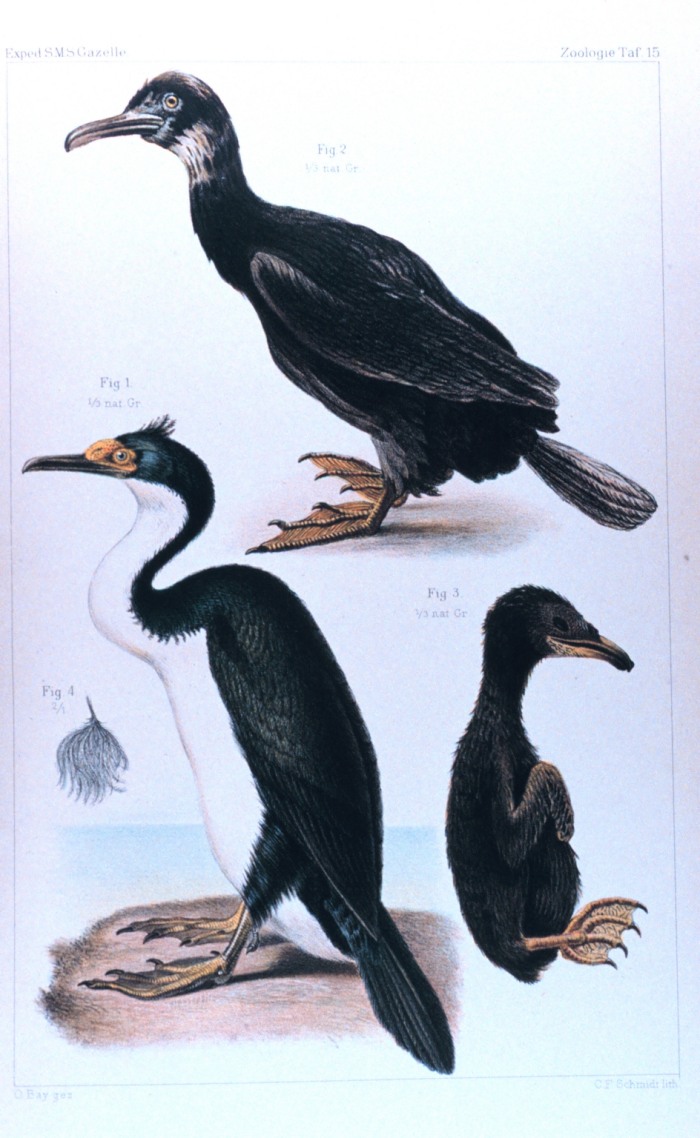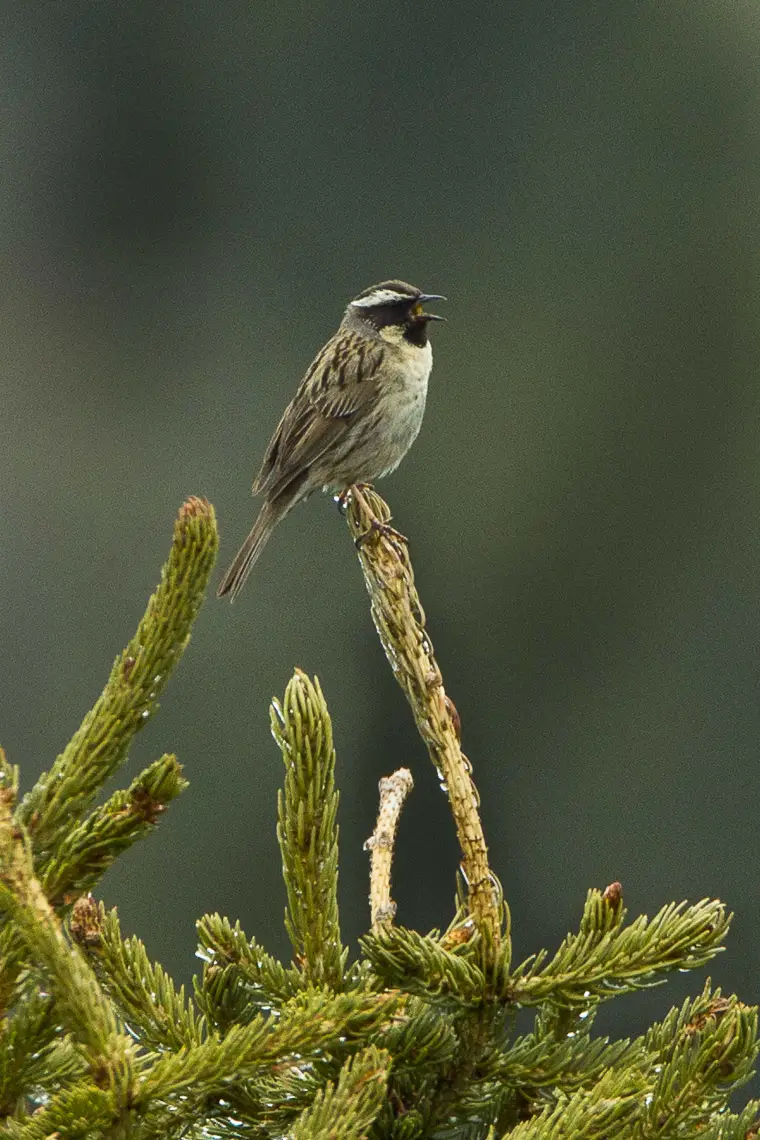Eastern Bluebird (Sialia sialis)
“Bluebirds drop straight down on their prey from their perch, much like leopards.”
Scientifically Classification
- Kingdom: Animalia
- Phylum: Chordata
- Class: Aves
- Order: Passeriformes
- Family: Turdidae
- Genus: Sialia
- Scientific Name: Sialia sialis
As for its conservation status, the Eastern Bluebird is categorized as “Least Concern.” It inhabits regions in both Central America and North America.
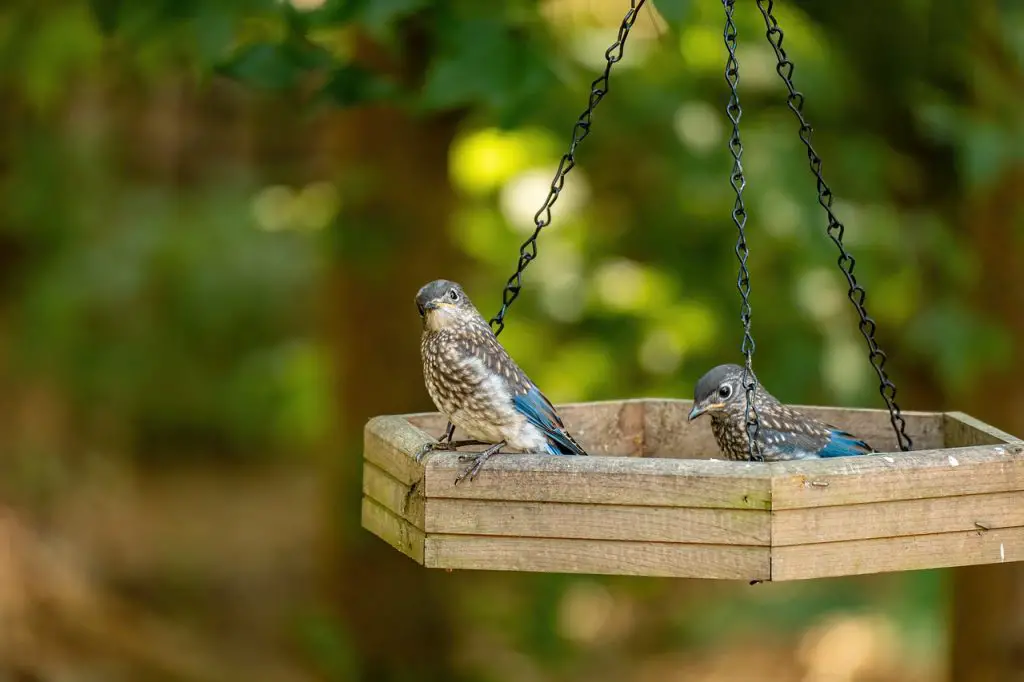
Insights about Eastern Bluebirds
Eastern Bluebird Facts
Prey: Eastern Bluebirds hunt a variety of small invertebrates including insects, snails, spiders, beetles, earthworms, grasshoppers, katydids, and crickets.
Fun Fact: Similar to leopards, bluebirds swoop straight down from their perches to catch their prey.
Estimated Population Size: Approximately 20 million Eastern Bluebirds exist.
Biggest Threat: Habitat destruction, invasive species, and predation by pet cats pose significant threats to Eastern Bluebird populations.
Most Distinctive Feature: The striking blue color of the male Eastern Bluebird’s feathers is its most notable characteristic.
Other Name(s): Sometimes referred to as “Blue Robin.”
Wingspan: Eastern Bluebirds typically have a wingspan ranging from 9.8 to 12.6 inches.
Incubation Period: Eggs hatch after about two weeks of incubation.
Litter Size: Eastern Bluebird clutches typically consist of three to seven eggs.
Habitat: Eastern Bluebirds inhabit a variety of environments including farmland, open country, parks, orchards, backyards, and hedgerows.
Predators: Predators of Eastern Bluebirds include rodents, black bears, raccoons, snakes, birds of prey, and fire ants.
Diet: Eastern Bluebirds are omnivorous birds.
Type: Eastern Bluebirds are classified as birds.
Common Name: They are commonly known as Bluebirds.
Number Of Species: There are eight known species of Bluebirds.
Location: Eastern Bluebirds are found in North and Central America, primarily east of the Rocky Mountains.
Average Clutch Size: The average clutch size for Eastern Bluebirds is seven eggs.
Nesting Location: Eastern Bluebirds typically nest in abandoned woodpecker holes or other tree cavities a few feet from the ground.
Age of Molting: Eastern Bluebirds begin molting at around 15 days old.
Migratory: Some Eastern Bluebirds undertake seasonal migrations.
Eastern Bluebird Physical Characteristics
Color: Eastern Bluebirds display vibrant colors including red, blue, white, and orange.
Skin Type: Their bodies are covered in feathers.
Top Speed: Eastern Bluebirds can reach speeds of up to 17 mph.
Lifespan: Eastern Bluebirds typically live for six to 10 years.
Weight: They typically weigh between 0.95 to 1.2 ounces.
Length: Eastern Bluebirds measure between 6.3 to 8.3 inches in length.
Eastern Bluebirds, the sole bluebird species east of the Rockies, are not just admired for their beauty but also cherished as heralds of spring. Their melodious songs often fill the air even when winter’s grasp still holds firm. Remarkably, these charming creatures are thriving, categorized as of “least concern” with their populations on the rise. Their affinity for human habitation plays a significant role; readily accepting nesting boxes provided by humans, they reciprocate by keeping insect pests in check.
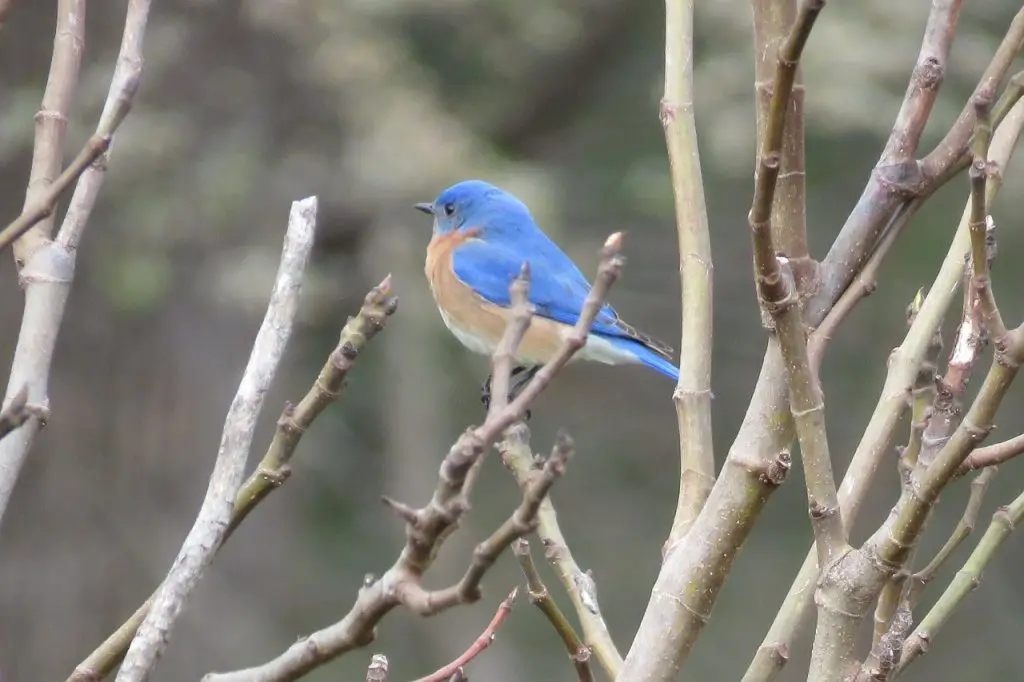
Fascinating Facts about Eastern Bluebirds
- Eastern Bluebirds typically raise two broods each year. Interestingly, offspring from the first brood sometimes assist in raising the chicks from the second.
- Surprisingly, the female Eastern Bluebird is slightly larger than the male.
- An intriguing fact about bluebirds is that their perceived blue coloration is not inherent; it’s a visual effect caused by light refraction. For more birds that exhibit this phenomenon, explore a list of bird species appearing blue.
- Variations exist within the Eastern Bluebird population. Those inhabiting the northern and western regions tend to lay more eggs compared to their counterparts in the southern and eastern parts of their range.
Where To Find Eastern Bluebirds
Eastern Bluebirds hold a special place in the hearts of birdwatchers due to their conspicuous nature and relative ease of spotting. Bird enthusiasts stand the best chance of encountering an Eastern Bluebird in regions where they reside year-round. These areas encompass states east of the Rockies, extending southward to West Palm Beach, Florida, and northward to the Cape Cod Peninsula in Massachusetts. These delightful creatures can often be observed perched on fences or telephone wires, or darting through the grass in pursuit of worms, presenting a fleeting flash of blue. During the breeding season, fortunate birdwatchers may witness pairs constructing nests either in specially provided bluebird houses or within cavities of dead trees. With luck, one might even catch the melodious sight of a bluebird in flight, serenading its surroundings. Occasionally, observers may be treated to the awe-inspiring sight of a vast flock of bluebirds, journeying together to unknown destinations.
For those residing north of the 40th parallel, the spring heralds the arrival of Eastern Bluebirds as they migrate to breed. Sightings can occur east of the Rockies, reaching as far north as Yellowknife in the Northwest Territories and as far east as Nova Scotia.

Nests
The bluebird’s nesting site is typically cup-shaped, somewhat relaxed in structure, and crafted from materials such as twigs, hair, feathers, or grass. Interestingly, some ornithologists suggest scattering lint collected from dryer filters outdoors, as bluebirds may utilize it in nest construction.
Primarily, it’s the female bluebird that undertakes the task of nest-building, dedicating approximately 10 days to complete the endeavor. She often selects a cavity previously excavated by a woodpecker or a man-made birdhouse provided by humans. Bluebirds exhibit a preference for nest boxes positioned between 2 and 50 feet above ground level.
Scientific name
The scientific name of the Eastern bluebird is Sialia sialis, deriving from Greek roots meaning “a type of bird.” There exist seven recognized subspecies:
- Sialia sialis sialis
- Sialia sialis bermudensis
- Sialia sialis nidificans
- Sialia sialis fulva
- Sialia sialis guatemalae
- Sialia sialis meridionalis
- Sialia sialis caribaea
Progression
Eastern bluebirds are classified within the genus (a group of closely related animals with shared characteristics) Sialia, placing them in close relation to their counterparts such as Mountain and Western bluebirds. Zooming out on the biological family tree, these birds belong to the Turdidae family, commonly known as thrushes. This expansive family encompasses 17 genera and 175 species, including notable groups like Turdus (true thrushes), Zoothera (Asian thrushes), and Stizorhina (rufous thrushes).
Taking another step back in the evolutionary hierarchy, all these thrushes fall under the order Passeriformes, which stands as the largest avian order encompassing approximately 6,500 species—comprising over half of all existing bird species. Fossil records trace the existence of these birds back to the Oligocene period, spanning 23 to 33.9 million years ago. Evidence of their ancient presence has been unearthed in Europe, specifically in regions of Germany and Poland.
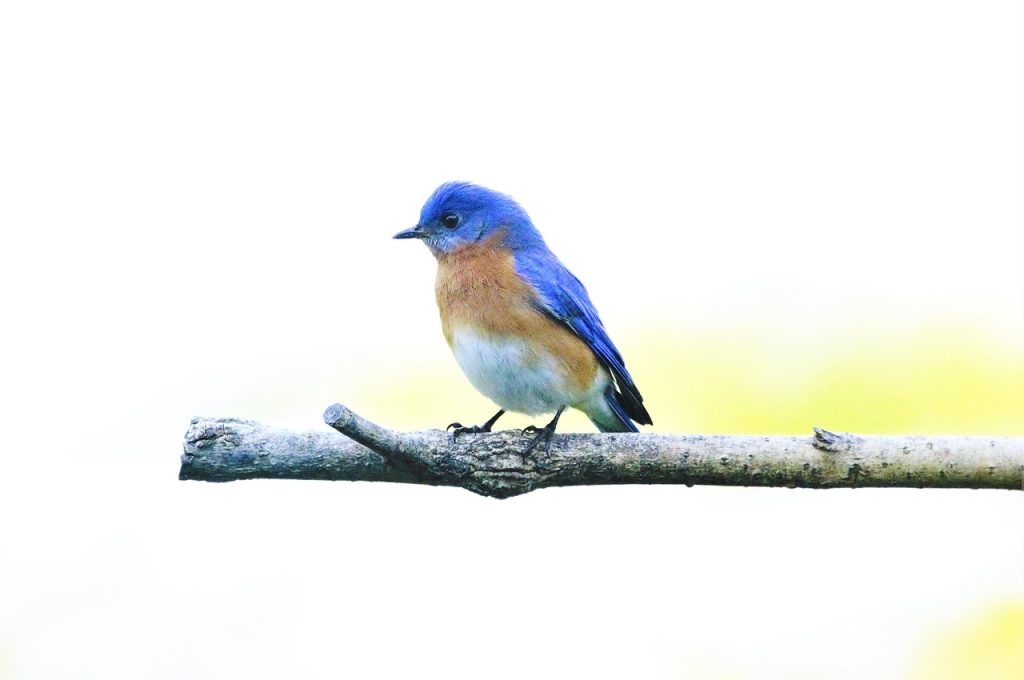
Appearance
On average, Eastern bluebirds measure around 7 inches in length, boasting a wingspan ranging from 9.8 to 12.6 inches. The male Eastern bluebird displays a striking appearance with a vivid, pure blue back, complemented by a rusty breast and a white belly. Sporting diminutive beaks and short legs, these birds typically weigh approximately one ounce. In contrast, the female is marginally larger, though her plumage lacks the vibrant hues of the male, appearing somewhat duller. Juvenile Eastern bluebirds exhibit a brownish-gray coloration, accented by hints of blue on their wings and tail. Notably, they feature distinctive spots on their breast, which gradually fade as they mature.
Eastern bluebirds often adopt a hunched posture while perching, a behavior that may serve as a camouflage tactic against potential predators. The unique coloration observed in juveniles and females likely aids in concealment, providing them with a degree of protection from predators. Interestingly, the appearance of blue in their plumage results from the interaction of light with proteins arranged in a specific manner within their feathers. Unlike red or yellow pigment, blue pigment cannot be synthesized by birds themselves.
Nature
The behavior of Eastern bluebirds encompasses a range of fascinating traits and habits. These delightful birds are often observed perching with a distinctive hunched posture, which may serve various purposes including rest, observation, or territorial display.
Eastern bluebirds are primarily cavity nesters, utilizing natural hollows in trees or, increasingly, artificial nest boxes provided by humans. Nest-building duties are typically carried out by the female, who constructs the cup-shaped nest using twigs, grass, feathers, and other materials. The male may assist by bringing nesting materials or guarding the territory.
During the breeding season, Eastern bluebirds engage in courtship displays, which may involve singing, wing-fluttering, or offering food to potential mates. Once paired, they exhibit monogamous behavior throughout the breeding season.
Eastern bluebirds are insectivorous, feeding on a variety of small invertebrates including insects, spiders, and earthworms. They often perch on elevated spots such as fences or tree branches, scanning the surroundings for prey. Their feeding behavior includes swooping down to catch insects on the ground or in the air.
These birds are also known for their melodious songs, which consist of soft, warbling notes. The male Eastern bluebird is particularly vocal during the breeding season, using its song to establish territory and attract a mate.
Eastern bluebirds are generally non-migratory, with individuals in the northern parts of their range sometimes migrating short distances to more hospitable habitats during the winter months.
Overall, the behavior of Eastern bluebirds reflects their adaptability to human-altered landscapes, their close family bonds, and their importance as beneficial insect predators in their ecosystems.
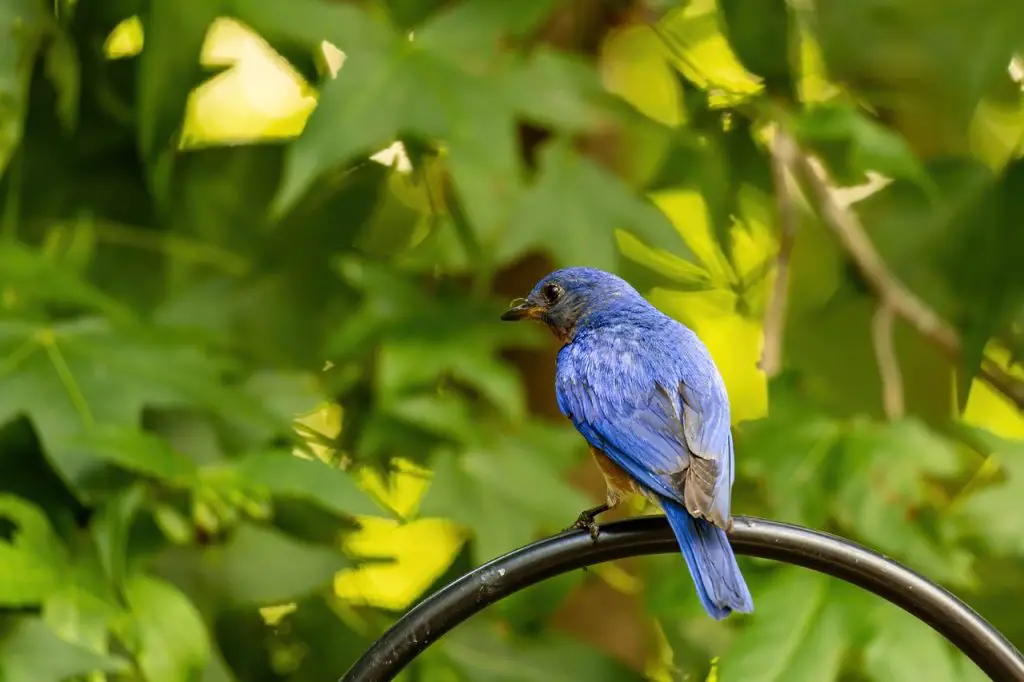
Migration Pattern and Timing
In the southern regions of their range, Eastern bluebirds typically do not undertake migration unless faced with severe food shortages or other environmental pressures. However, in the northern parts of their range, particularly areas north of the 40th parallel, Eastern bluebirds do migrate southward during the winter months.
One notable wintering area for some populations of Eastern bluebirds is located in western Texas and northeast Mexico. Here, these birds find suitable habitats and food sources to sustain them during the winter season. This specific region serves as a crucial wintering ground for migrating Eastern bluebirds from northern breeding territories.
Migration for Eastern bluebirds in the northern part of their range occurs in response to declining temperatures and reduced food availability during the winter months. These birds undertake journeys southward to escape harsh winter conditions and ensure access to adequate food resources.
Overall, while migration is less common among Eastern bluebirds in the southern portions of their range, populations in the northern regions exhibit migratory behavior, with specific wintering areas such as western Texas and northeast Mexico playing vital roles in their annual life cycle.
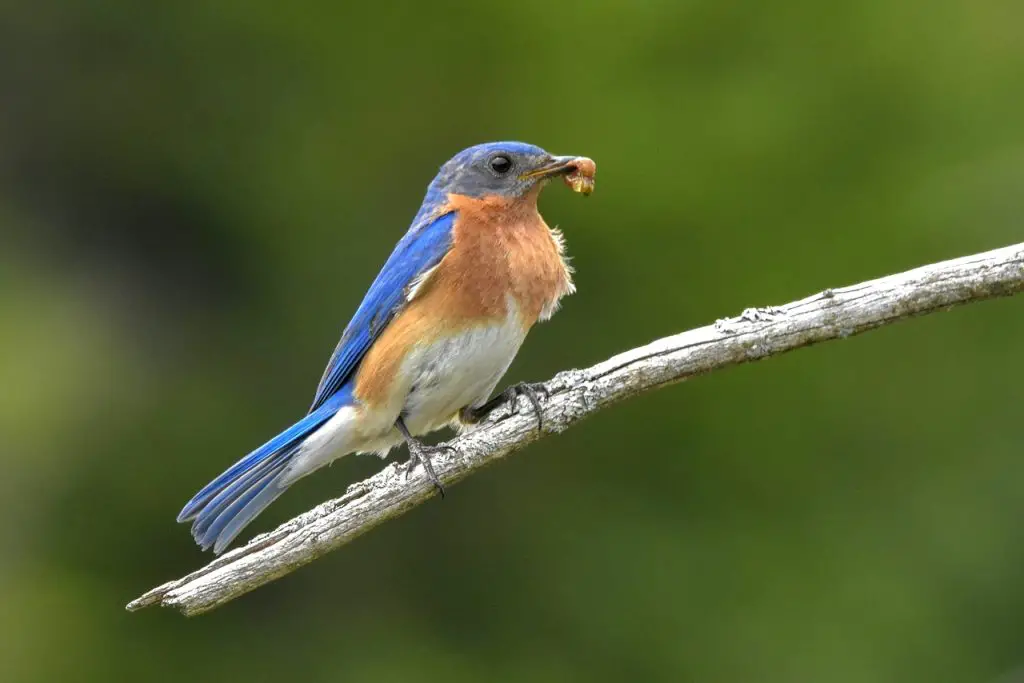
Diet
Ornithologists estimate that approximately 68 percent of the Eastern bluebird’s diet comprises insects and other small invertebrates like snails and grubs. Many of these creatures are considered pests harmful to plants, making the bluebird’s diet not only essential for its own survival but also beneficial to human agricultural interests.
During colder months when animal protein becomes scarce, Eastern bluebirds rely on berries found in woodland areas to sustain themselves. Interestingly, among these berries are those of the honeysuckle plant, which are poisonous to humans but pose no harm to bluebirds.
However, the use of pesticides on vegetation has posed a significant threat to bluebird populations. This was a contributing factor to the decline in their numbers during the mid-20th century, highlighting the delicate balance between human agricultural practices and wildlife conservation.
Eastern bluebirds fulfill their water needs by drinking from ponds, streams, and birdbaths, where they also engage in bathing activities. To cater to their preference for running water, humans can install devices to agitate the water in birdbaths, creating a more enticing drinking and bathing spot for these charming birds.
Predators and Threats
The Eastern bluebird faces numerous predators and threats throughout its life. Chipmunks, raccoons, flying squirrels, snakes, and cats pose a danger by preying on their eggs and nestlings. Additionally, aggressive sparrows and starlings may aggressively chase them out of their territory, further disrupting their nesting efforts. Fire ants pose a particularly gruesome threat, as they sting nestlings to death before devouring them. Birds of prey, including kestrels, hawks, and owls, present another significant danger by targeting both adult bluebirds and their young.
Migration brings its own set of challenges for Eastern bluebirds. Some may return to their southern habitats too early in the season, risking exposure to harsh weather conditions and potential starvation or freezing to death.
Despite being relatively long-lived for their size, with an average lifespan of around six to ten years, many Eastern bluebirds do not survive beyond their first year. Human intervention is necessary to mitigate some threats, such as ensuring that feeders and baths are kept clean to prevent the spread of diseases like salmonella, avian pox, and trichomoniasis among bird populations. Additionally, Eastern bluebirds can suffer from infestations of parasites such as lice and blowflies, further complicating their survival in the wild.
Reproduction, Babies, and Lifespan
Eastern bluebirds engage in breeding during the spring and summer months, often raising two to three broods per year. The male takes on the responsibility of selecting a suitable nesting spot, signaling its readiness by flapping its wings and depositing a few twigs into the chosen cavity. Following mating, the female assumes the task of nest-building, fashioning it from materials like twigs and grass before laying a clutch of three to seven light blue eggs. Eggs are laid consecutively, one per day, and are subsequently incubated by the female for approximately two weeks until hatching occurs.
Once hatched, the chicks are initially helpless and rely on both parents for nourishment. Both soft-bodied foods such as earthworms and larger prey like beetles are brought to the nest by the parents to sustain the growing chicks. Over time, as the chicks develop and strengthen, their diet may transition to include more substantial prey items.
After approximately 15 to 20 days, the chicks are ready to leave the nest, having acquired the necessary skills for flight. By the following summer, these fledglings reach maturity and are prepared to engage in breeding activities themselves.
The Eastern bluebird’s lifespan typically ranges from six to 10 years, with the oldest recorded individual living for an impressive 10 years and five months.
Population
Biologists estimate that the population of Eastern bluebirds currently stands at around 20 million individuals. Encouragingly, these beloved birds are not classified as endangered, and their populations have experienced significant recovery across many regions.
Conservation efforts, including the provision of nesting boxes and habitat restoration projects, have played a crucial role in supporting the resurgence of Eastern bluebird populations. As a result, these iconic birds have been able to thrive in their natural habitats and continue to enchant birdwatchers and nature enthusiasts alike. While challenges such as habitat loss and predation persist, the overall outlook for Eastern bluebirds remains positive, with their numbers showing healthy growth in most areas.
Conclusion
The Eastern bluebird, with an estimated population of around 20 million, has made a remarkable recovery in recent years. Biologists affirm that these iconic birds are not considered endangered, thanks to concerted conservation efforts and habitat restoration initiatives. While challenges such as habitat loss and predation persist, the overall outlook for Eastern bluebirds is promising, as their numbers continue to thrive in many regions. As harbingers of spring and vital contributors to ecosystem balance, Eastern bluebirds stand as a testament to the power of conservation in preserving our natural heritage.
Reference:
